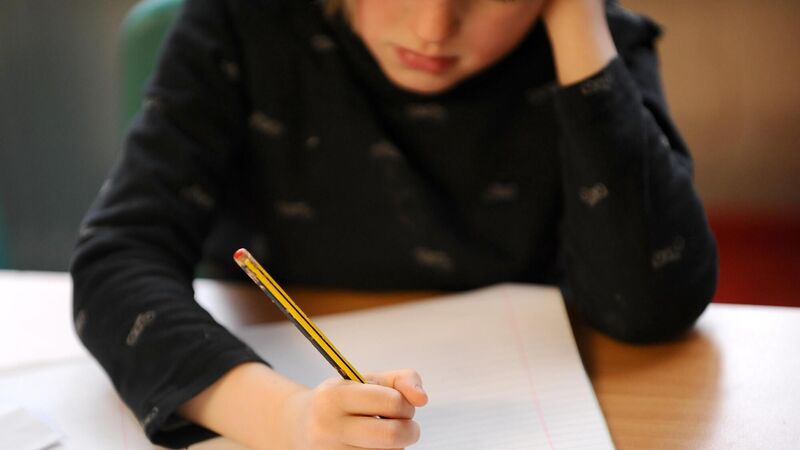More than 560 schools forced to use rented prefabs and temporary accommodation

The use of prefabs is more common among primary schools than secondary schools, with 412 primary schools using such accommodation, compared to 151 secondary schools. Picture: iStock
The amount spent by the State on the renting of temporary accommodation for primary and secondary schools has risen by almost €12m in just four years.
Some 563 schools are currently using or partially using rented prefabricated accommodation funded by the department, however, this figure does not include schools that have installed prefabs at their own expense.
Some 598 schools were renting temporary accommodation or prefabs in 2022, compared to 520 in 2021.
Renting temporary accommodation for schools cost €16.2m in 2018, however, last year this figure rose to €28.1m. The total spend on the rental of prefab accommodation from 2018-2022 was €103.79m, of which €61.11m was spent on primary, €42.68m was post-primary.
The annual cost was steady at €19.8m in 2020 and 2021, however it jumped to €28.1m in 2022.
The hike was largely due to increased rental costs, and increasing requirements for provision, including to meet the needs of children with special educational needs and Ukrainian students, according to a Department of Education spokesperson.
The use of prefabs is more common among primary schools than secondary schools, with 412 primary schools using such accommodation, compared to 151 secondary schools.
Cork has the second-highest number of schools using temporary accommodation — 57 primary schools and 18 secondary schools. Dublin has the most, with 78 primary schools and nine secondary schools.
A department spokesperson said in the context of a rapidly increasing school population in recent years, the priority is to ensure that every child will have access to a physical school place.
“In this regard, it is sometimes necessary to make use of temporary accommodation in order to meet the accommodation needs of schools," said the spokesperson.
The spokesperson said the disproportionate number of primary schools using temporary accommodation is partly due to the higher proportion of primary schools, “but also the greater flexibility within post-primary school accommodation, which can minimise the requirement for interim accommodation solutions”.
Educate Together communications and advocacy manager Luke O’Shaughnessy said that 42 out of 117 Educate Together schools remain in temporary accommodation.
“All pupils deserve to learn in a place that is safe, warm, and local, with adequate space to learn, play, and exercise," he said.
"It is undeniable that poor accommodation is one of the major obstacles faced by new school communities, and all too often inadequate accommodation remains an issue many years into the life of a school.”
Mr O’Shaughnessy said that prolonged periods in temporary accommodation have a negative impact on students ,who may miss out on parts of the curriculum or may have to travel long distances.








